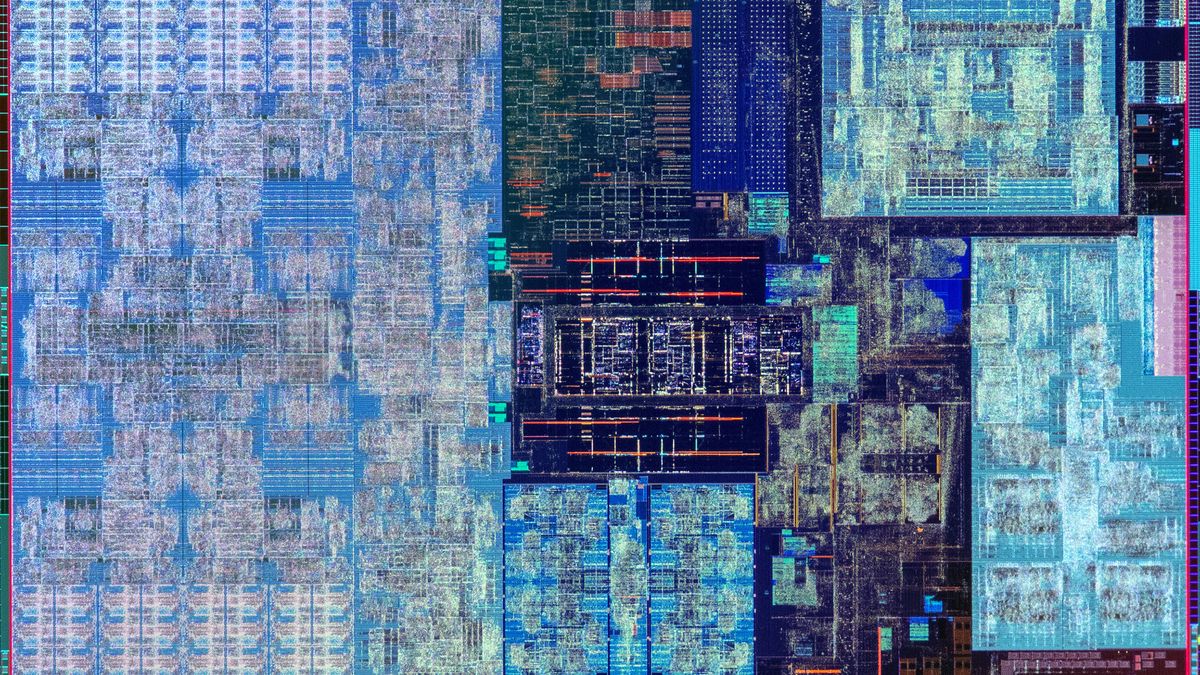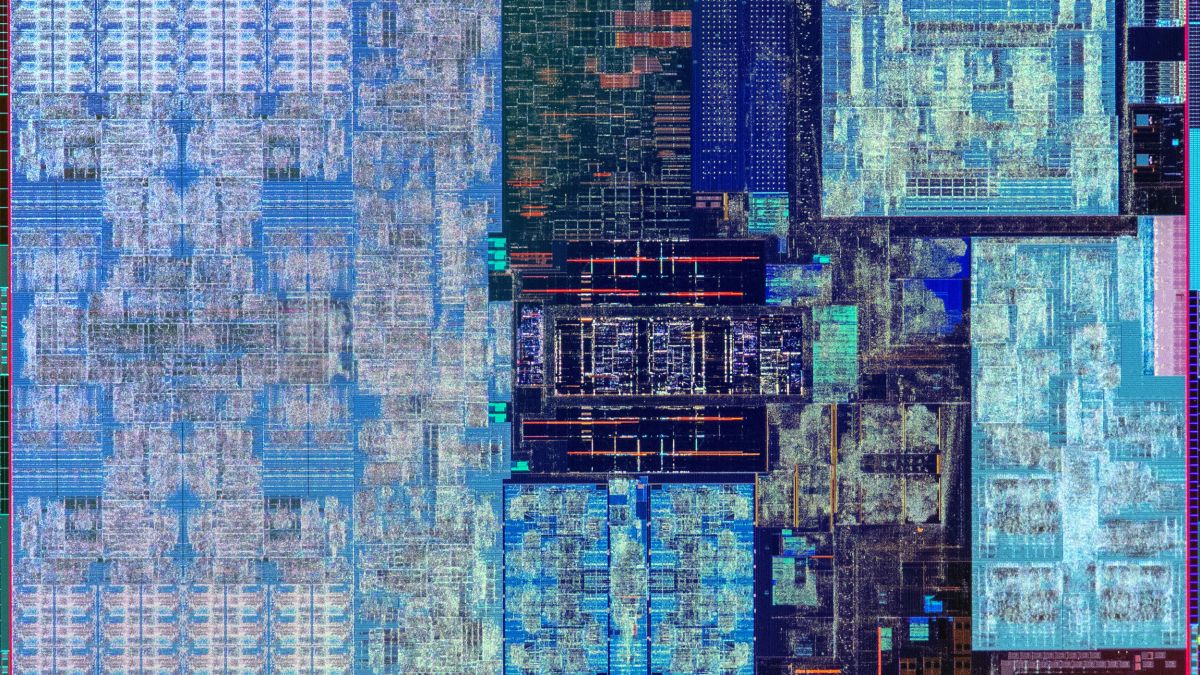
At CES 2020 it seemed like every laptop manufacturer wanted to show off foldable devices, but wouldn’t reveal what was powering them. However, Intel Lakefield processors have now been launched, and will be powering a whole slew of inventive computers.
Intel Lakefield will only be behind two announced laptops at first: the Lenovo ThinkPad X1 Fold and the Intel version of the Samsung Galaxy Book S. The former doesn’t have an official release date at the time of writing, but Samsung’s Lakefield-powered device should be hitting the street this month.
It’s important to note that these aren’t just another processor refresh – this is a completely new chip design. Intel has clearly taken some inspiration from ARM’s big.LITTLE architecture: one 10nm Sunny Cove CPU core will be paired with four lower-power Tremont cores. The bigger Sunny Cove core will tackle heavy workloads that need a lot of power, while the Tremont cores will more efficiently tackle background tasks.
What’s even more impressive is the new Foveros 3D stacking technology, which will essentially stack the entire SoC and memory into one tiny package that measures just 12 x 12 x 1mm, which is basically the size of a dime. This will eliminate the need for RAM to be built into motherboards externally, and will lead to much smaller devices.
Coupled with the included Intel LTE solution built into the die, Intel Lakefield is going to be behind the most portable devices we’ve seen, and we can’t wait to get our hands on it.
Don’t expect a powerhouse
The two processors announced as part of Intel Lakefield are the Intel Core i5-L16G7 and the Intel Core i3-L13G4. Both of these processors are 5-core chips with no Hyper Threading, and even the Core i5 has a max single-core speed of 3.0 GHz.
Needless to say, hardcore productivity isn’t the aim of these processors. In terms of raw performance, these CPUs are almost certainly going to be slower than Intel’s Ice Lake processors, and are instead aimed at long battery life and portability.
We obviously haven’t had a chance to test any device with one of these processors quite yet, but we imagine that these chips will be ideal for folks who need an always-connected device that they can take with them wherever they go, and who only need something powerful enough to do light office work like checking email and loading up some spreadsheets.
And, because of the smaller board size that will be enabled by these Intel Lakefield processors, this architecture will be the default for foldable devices, where there is less space available.
For instance, when we reviewed the Samsung Galaxy S with the Qualcomm Kryo 495, that laptop weighed in at just 2.12 pounds (0.96kg) and was less than half an inch thick. The obvious benefit with the Intel Lakefield version will be that it will be able to run all Windows apps, as it will support all x64 and x32 programs.
So before you go out and preorder a Lakefield-powered device because it is the future of mobile computing, you should seriously consider if it’s right for you. If you’re a traveling businessperson, it might just be for you.
